The Yule log, Yule clog, or Christmas block is a specially selected log that is burnt on Christmas evening in many European countries.
It is burnt as a symbol, to turn the night into day and to illuminate the house. The custom was first mentioned in the 17th century and even though it had been studied by folklorists, its origin is still unknown.
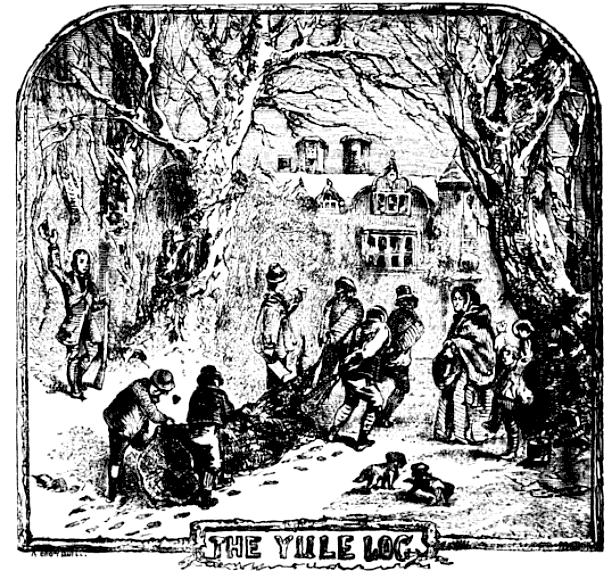
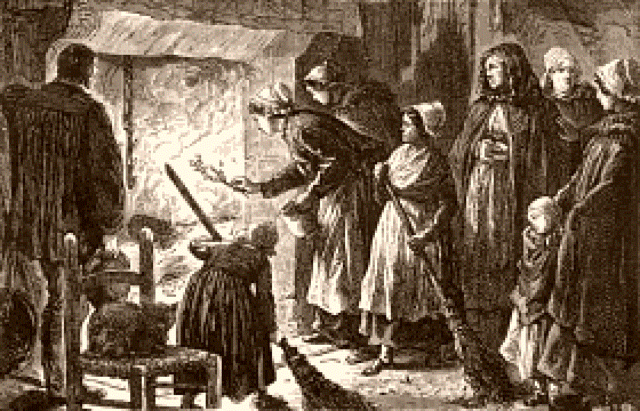
Rituals such as this one were followed by feasting and jollification and said to have originated from paganism; this particular one has roots in German paganism. Scholar Rudolf Simek, an Austrian Germanist, and philologist argues that the Germanic Yule feast had a function in the cult of the dead and the veneration of the ancestors. Only later had it been associated with Christmas and New Year, and today it symbolizes the new beginning of the year.
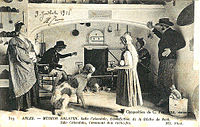
The Yule log is mentioned in much of the folklore archives of England where it is said that it should be lit only once and should not go out until it has all burned away, otherwise it is perceived as not very fortunate for the family and the household.
Usually, people sat next to the log and told ghost stories, a custom that might have later been replaced with card-playing.
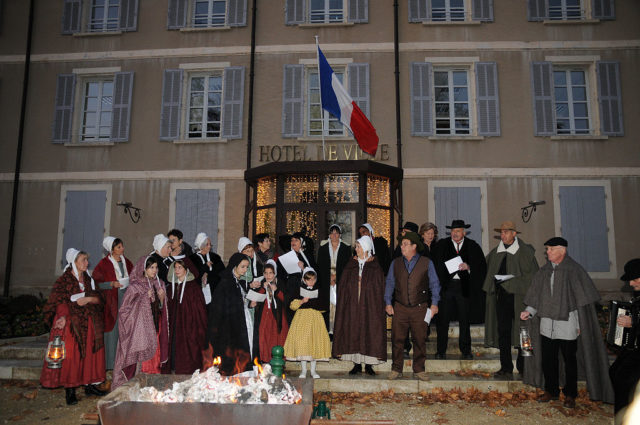
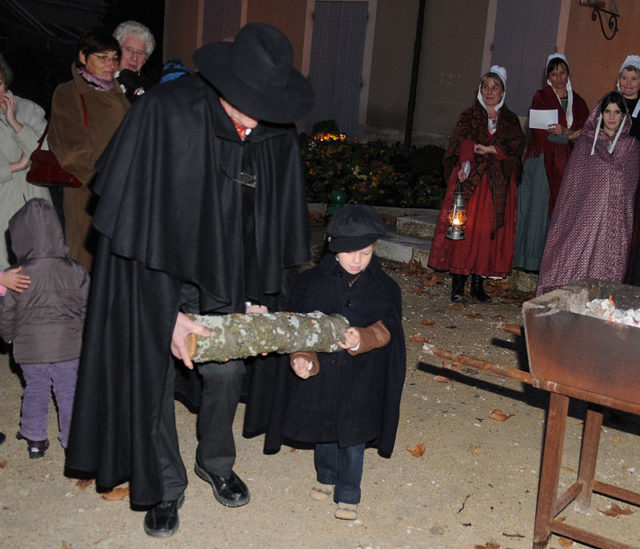
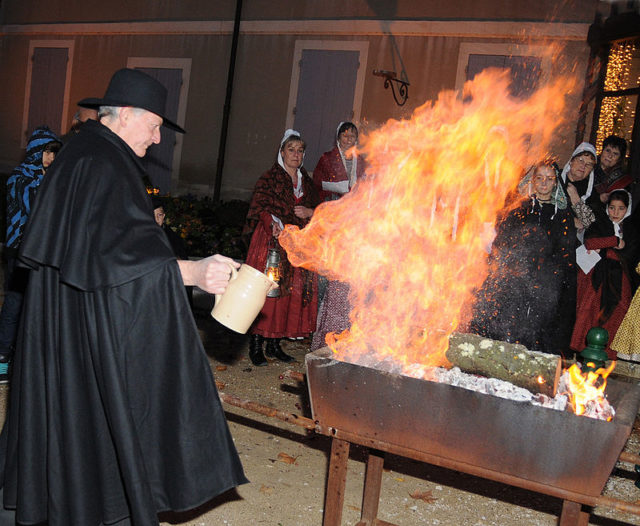
While the Yule log is lit, people are silent, and everyone makes a wish for the year ahead that they keep to themselves. There are also candles lit from the Yule log’s fire, and people can sit and talk until they burn out. Once they do, the candles shouldn’t be lit again.
The Yule log custom has also spread throughout the English-speaking countries, especially in the US. It is first recorded in 1934 in Palmer Lake, Colorado as the “Yule-Log Ceremony” which starts with the search of the “special” log and culminates with drinking of wassail – a hot mulled cider.
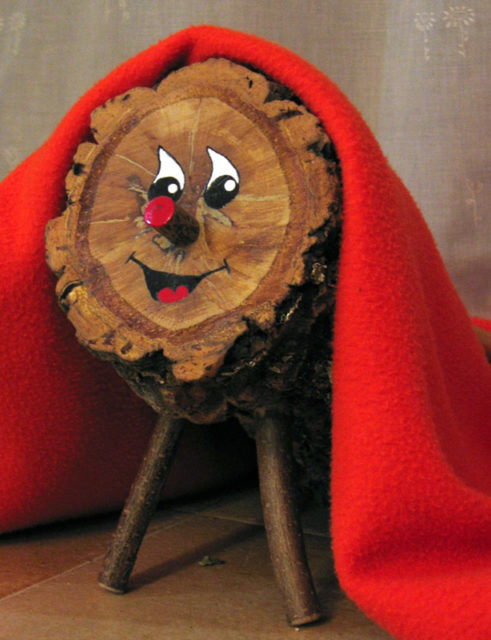
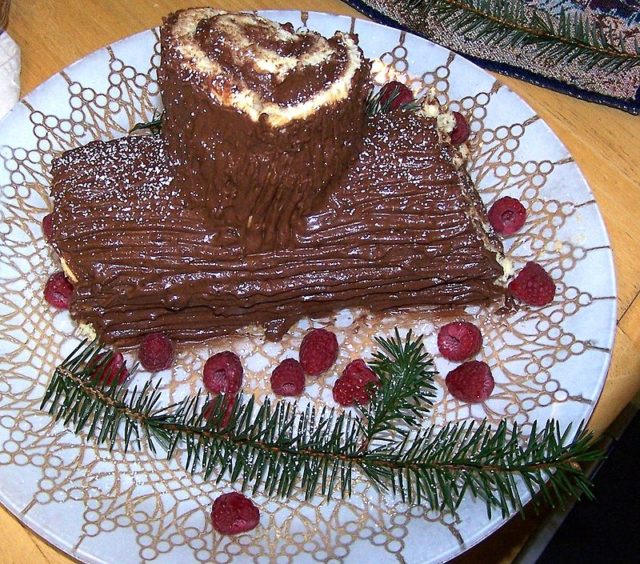
The custom is widely spread and the term for it differs in different languages. In north-east England, it might be called a “Yule Clog”, or “Yule Block” in the Midlands, and “Gule Block” in Lincolnshire, while in Cornwall it is called “Stock of the Mock”. Similar rituals can be found in many other folklores and traditions, such is the Badnjak in the Slavic countries.
It always sounds cozy to tell stories around the fire or play cards with family by candlelight while a special log is burning.